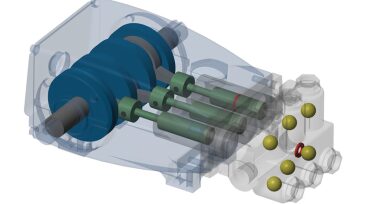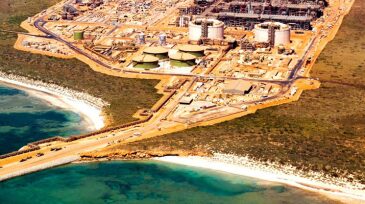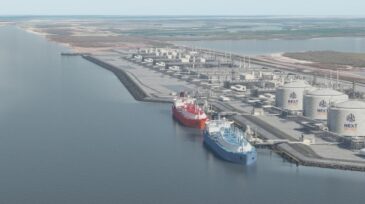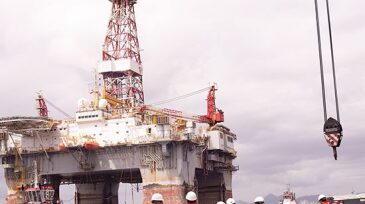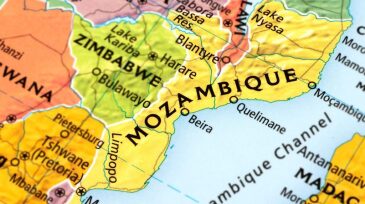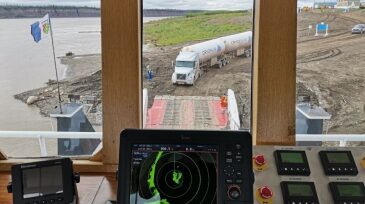Onshore/Offshore Facilities
Sponsored
Advance your career with the new Pipeline Engineering Program at the Technical University of Leoben, a 5-month course combining on-campus and online learning, integrating industry expertise, engineering practice, and future-ready skills for professionals in oil, gas, and emerging energy systems.
Plans call for license partner Aker BP to serve as operator during the development phase, with operatorship reverting to DNO after first oil in 2028.
Production from the Búzios field now tops 1 million B/D with six floating production systems in operation and more on the way.
-
Often it is too difficult to create the fault conditions necessary for training a predictive maintenance algorithm on the actual machine. A digital twin generates simulated failure data, which can then be used to design a fault-detection algorithm.
-
A multizone water-injection project has ultimately proved a method of using intelligent completion interval-control valves in place of traditional sand-control completions in soft sand reservoirs.
-
Repair work on the Gorgon LNG plant’s propane heat exchangers is underway. Planned maintenance on the Gorgon Train 2 was expected to end in July.
-
Production of paraffinic crude presents challenges due to depressurization and cooling of crude oil during production.
-
The original technology selected in 2015 and 2016 for Rio Grande LNG has since evolved. With five trains instead of six, Rio Grande LNG will still produce 27 mtpa.
-
In its push to boost deepwater production, Petrobras is aiming to launch a leasing tender to build an FPSO described as Brazil’s largest-ever oil platform. Decommissioning work begins in the Campos and the Sergipe-Alagoas Basins.
-
The Mozambique LNG project expects to achieve financial close in Q3.
-
Energy Transfer pursued the stay and expedited appeal after its emergency request for a stay was denied by the US District Court for the District of Columbia.
-
Larger-capacity LNG truck trailers and new regulations for transport by rail are providing more options for industrial consumers in remote locations.
-
The growing opposition in the US for new natural gas pipelines comes as supply and demand continue to grow. Pipelines are necessary for the transport of the gas. Why is there a disconnect between the two?




